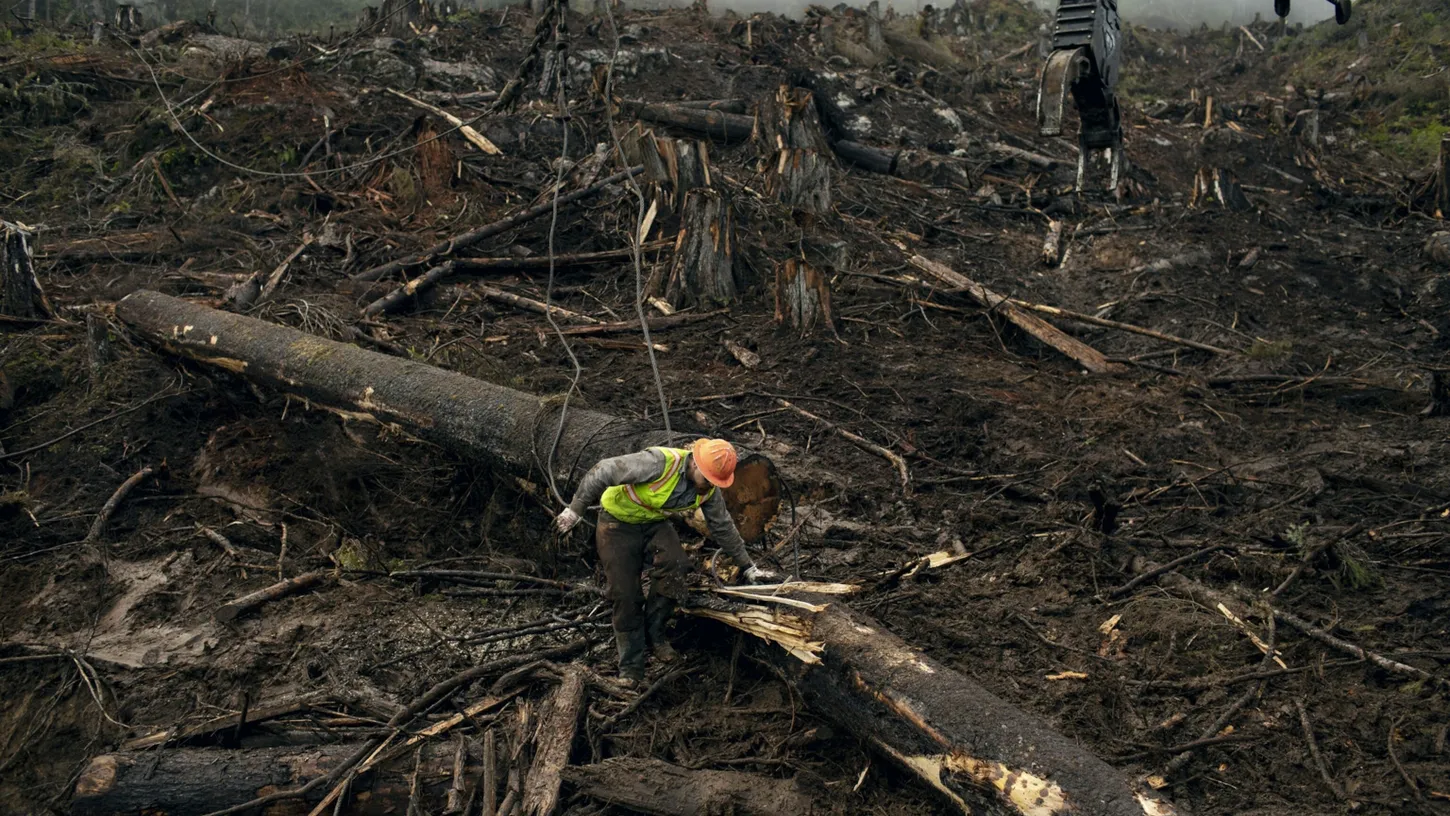Despite the promises made at the 2021 United Nations Climate Change Conference (COP26) in Glasgow, a recent report by the World Resources Institute (WRI) reveals that the world's forests are continuing to shrink at an alarming rate. The report highlights the devastating impact of deforestation, logging, and wildfires on global forest cover.
In 2022 alone, an area of tropical rainforest equivalent to the size of Switzerland or the Netherlands was lost. The destruction was primarily driven by a combination of wildfires and deforestation for agriculture and logging. Shockingly, the report states that an area the size of a football pitch was destroyed every five seconds.

The satellite-based deforestation monitoring platform, Global Forest Watch (GFW), documented the destruction of over 4.1mn hectares of primary tropical forest in 2022. These forests play a crucial role in maintaining biodiversity and storing carbon.
Brazil has been hit the hardest, accounting for 43% of global forest losses, followed by the Democratic Republic of the Congo (13%) and Bolivia (9%). The report underscores the urgent need to address the destruction of these valuable ecosystems.
Mikaela Weisse, the director of GFW, laments the consequences of this ongoing forest loss.
"We are losing one of our most effective tools for combating climate change, protecting biodiversity, and supporting the health and livelihoods of millions of people," Mikaela Weisse highlighted.
The destruction of primary tropical forests in 2022 resulted in the release of 2.7bn tonnes of CO2, which is equivalent to the annual emissions of India, the world's most populous country. These findings highlight the immense contribution of forests to global carbon storage.
The report underscores the failure of the COP26 commitments made by world leaders. Despite the pledges made in Glasgow, forest destruction continues to accelerate unabated. This trend jeopardizes the efforts to combat climate change, protect biodiversity, and sustain the livelihoods of billions of people.
Approximately 1.6bn people, almost half of whom are indigenous peoples, directly depend on forest resources for their livelihoods. Their well-being and cultural heritage are intricately tied to the preservation of forests.
Brazil has experienced a worsening deforestation crisis during Jair Bolsonaro's presidency from 2019 to 2023. The annual report from GFW reveals a further 15% increase in deforestation in Brazil under Bolsonaro's administration. The Brazilian government has turned a blind eye to illegal deforestation, weakened indigenous rights, and dismantled environmental policies.

However, Bolsonaro's successor, President Luiz Inacio Lula da Silva, who assumed office in January, has pledged to halt the destruction of the Brazilian Amazon by 2030. Achieving this goal will require overcoming significant challenges.
The Amazon rainforest, home to approximately 90bn tonnes of CO2 stored in its trees and soils, holds twice the annual global emissions. Therefore, the protection and restoration of these forests are crucial for mitigating climate change.
Frances Seymour, an expert at WRI, emphasizes the urgency of addressing forest loss.
"Stopping and reversing forest loss is one of the most cost-effective ways of mitigating (the situation) that we have today," Frances warned.
In the Democratic Republic of the Congo, over half a million hectares of forest were destroyed by 2022, primarily due to agriculture and charcoal production. The country signed a half-billion-dollar agreement in 2021 to protect the Congo Basin rainforest, but recent calls for tenders for oil and gas licenses have undermined these conservation efforts.
Bolivia also experienced a significant increase in deforestation, rising by 32% compared to 2021. Cocoa production, gold mining, and fires were identified as the main drivers of deforestation in the country.
On a positive note, forest destruction in Indonesia has slowed for the fifth year running. The archipelago is responsible for 5% of global forest loss in 2021. It has seen the extent of its felled areas divided by more than four since 2016.
Comments (0)